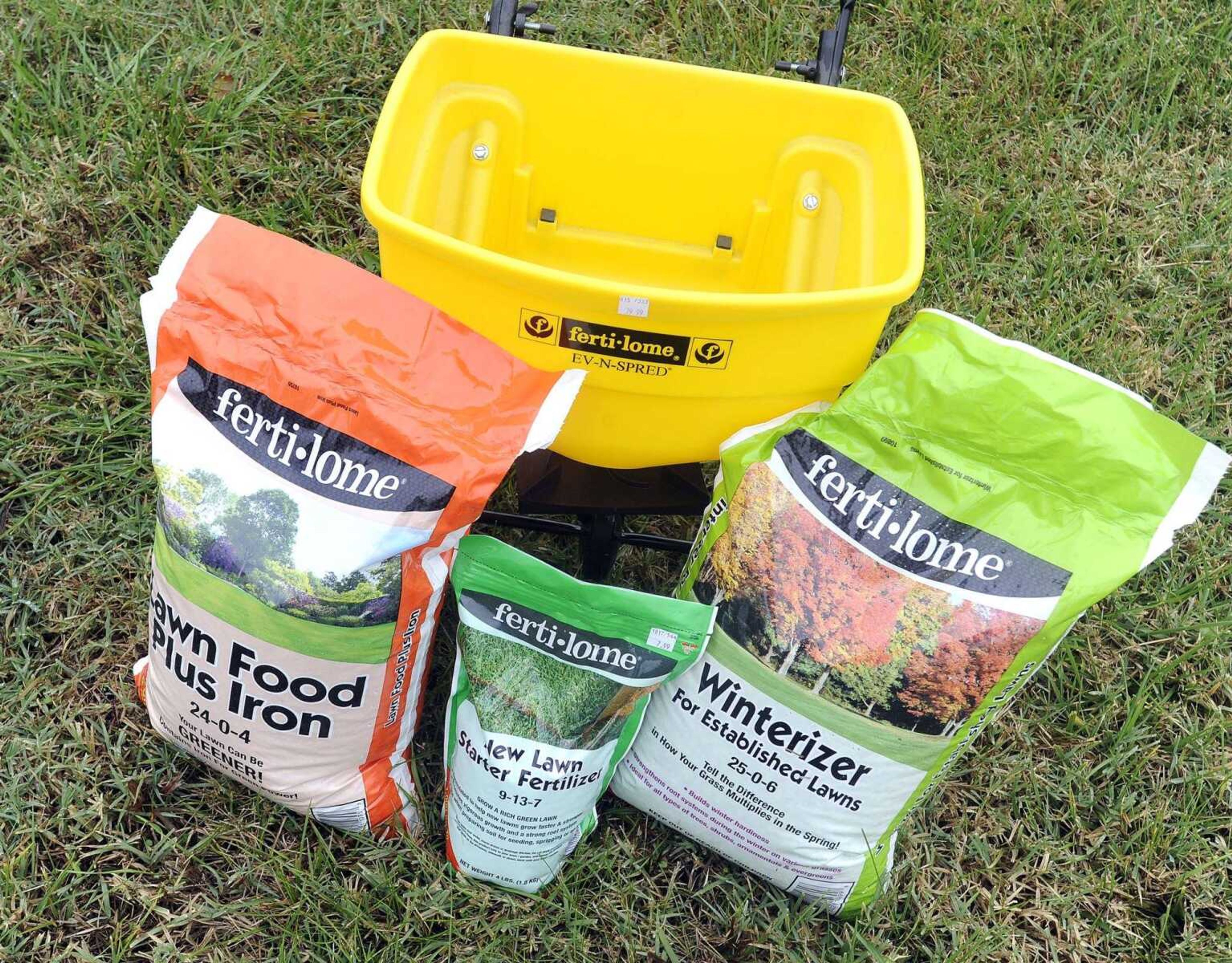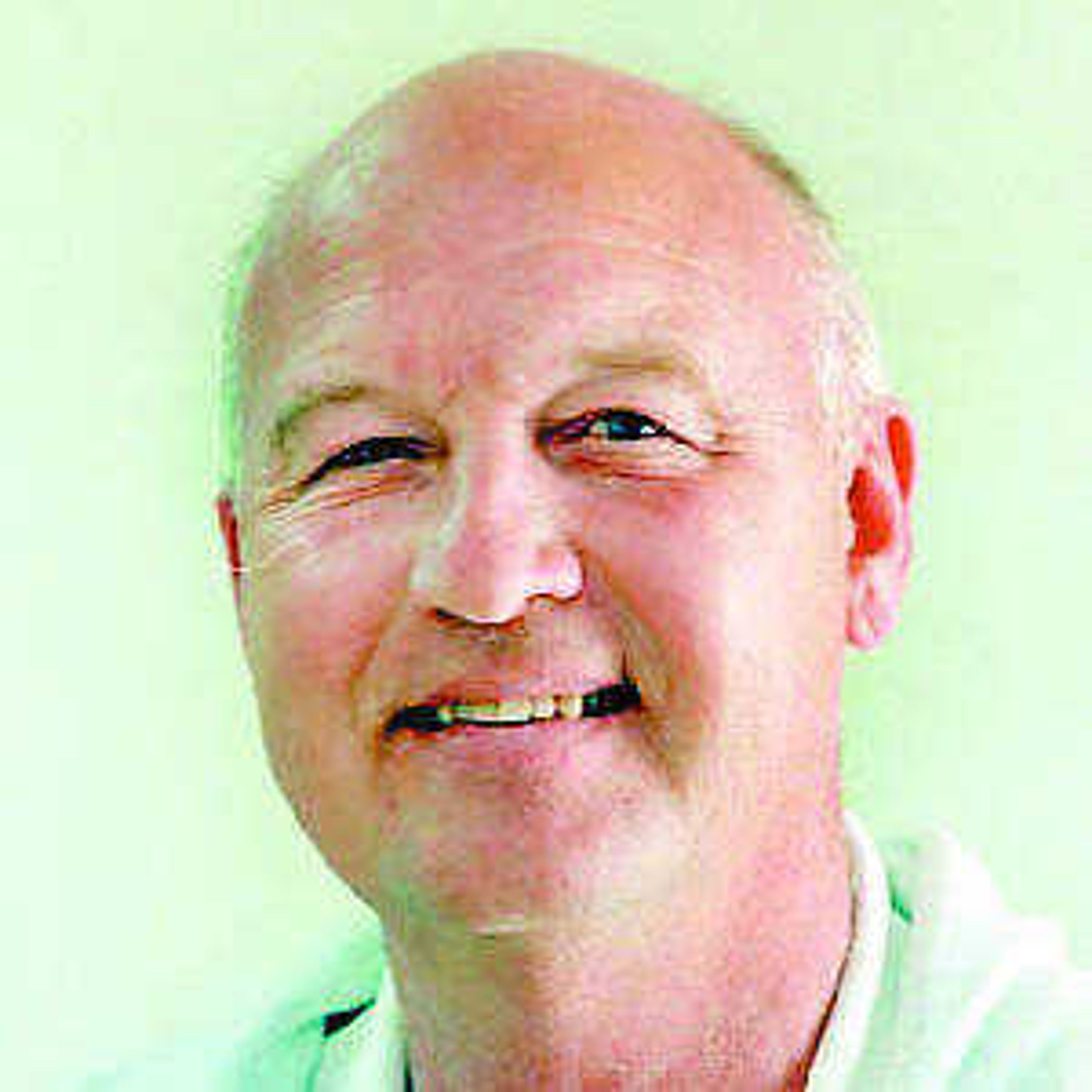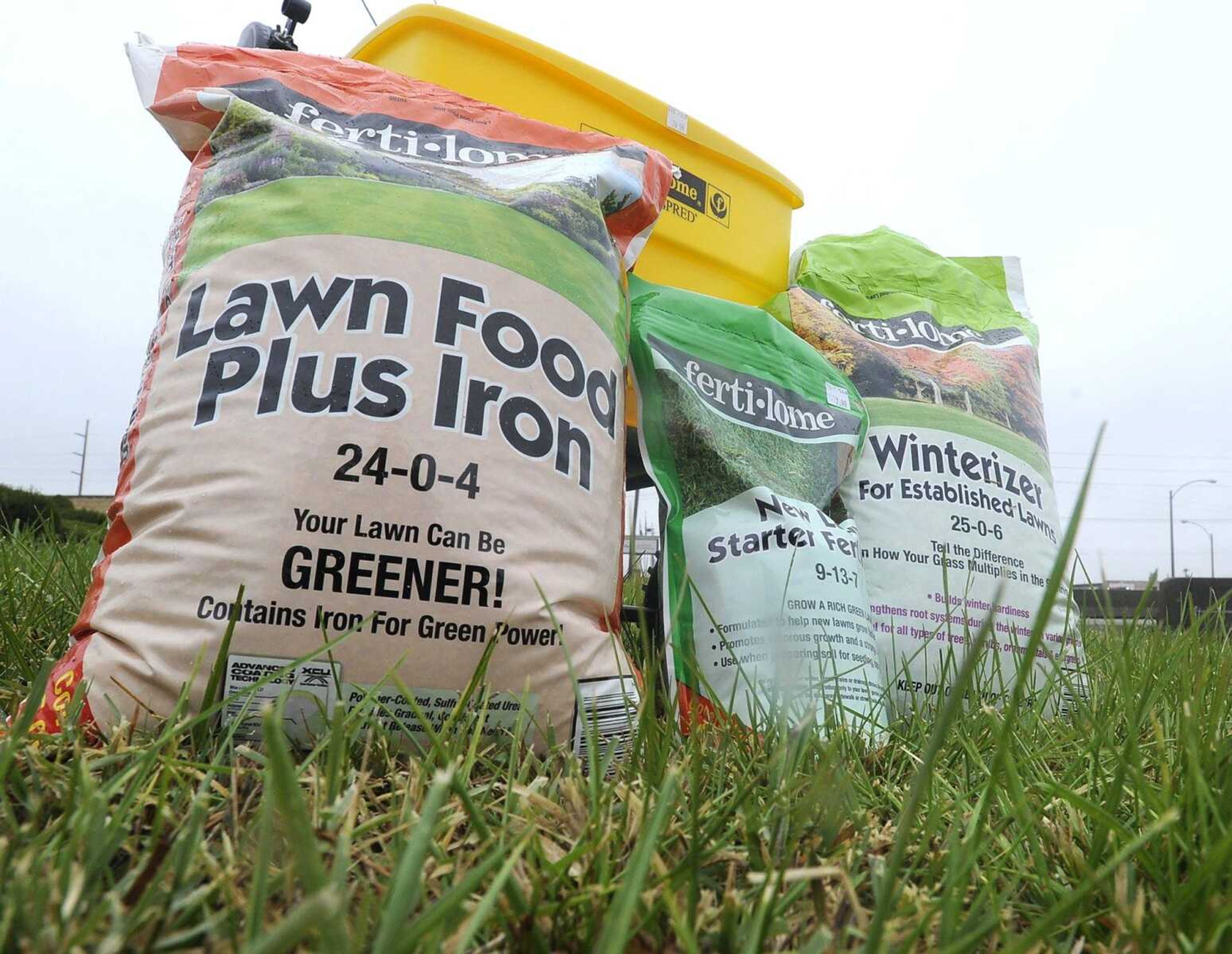By Paul Schnare
As I have mentioned in earlier columns, this has been an unusual year. First we had all of the rain in the spring, and then we had the lack of rain. The extremes have been very hard on lawns.
Here are some suggestions to help your lawn recover from the stress.
During normal growing conditions you would apply fertilizers with a high nitrogen (the first number), a low-or-no phosphorous (the second number) and low potassium (third number), such as 24-0-4, to encourage shoot and leaf growth on both warm-season (Bermuda and zoysia) and cool-season (bluegrass, fescue, and rye) lawns. The high nitrogen number encourages good leaf and stem growth.
To encourage good development of roots during warm or cool weather, apply a fertilizer low in nitrogen and high in phosphorous, such as 9-13-7. The phosphorous is instrumental in encouraging sod and newly planted seed to put a lot of energy into root growth during normal, warm-weather conditions.

With the above information in mind, if you have a Bermuda or zoysia lawn, you would not do anything at this time of the year. Since both Bermuda and zoysia leaves have turned brown, these grasses are lying dormant until next growing season.
If you have a cool-season lawn, you normally apply a high phosphorous fertilizer to encourage root development. This direction is followed during normal growing-season times -- when the temperatures are warm.
Because of the abnormal year we have had, I suggest also applying a fertilizer to your cool-season lawns at this time to encourage root development. As mentioned above, under normal warm-weather conditions, apply phosphorous to get good root development.
But because of the unusual weather conditions, I suggest applying a high nitrogen fertilizer, such as 25-0-6, to your cool-season grass, and not a high phosphorous fertilizer. Since the air temperatures are getting cooler, nitrogen added to the soil will not encourage leaf and shoot development like it would during warmer periods in the year. The high nitrogen will actually encourage the cool-season grass plant to put its energy in growing a strong root system at this time.
Lawns in the Heartland have been extremely stressed this growing season. Hopefully if you follow the directions I have suggested your lawn will be picture perfect in 2018.
Connect with the Southeast Missourian Newsroom:
For corrections to this story or other insights for the editor, click here. To submit a letter to the editor, click here. To learn about the Southeast Missourian’s AI Policy, click here.










